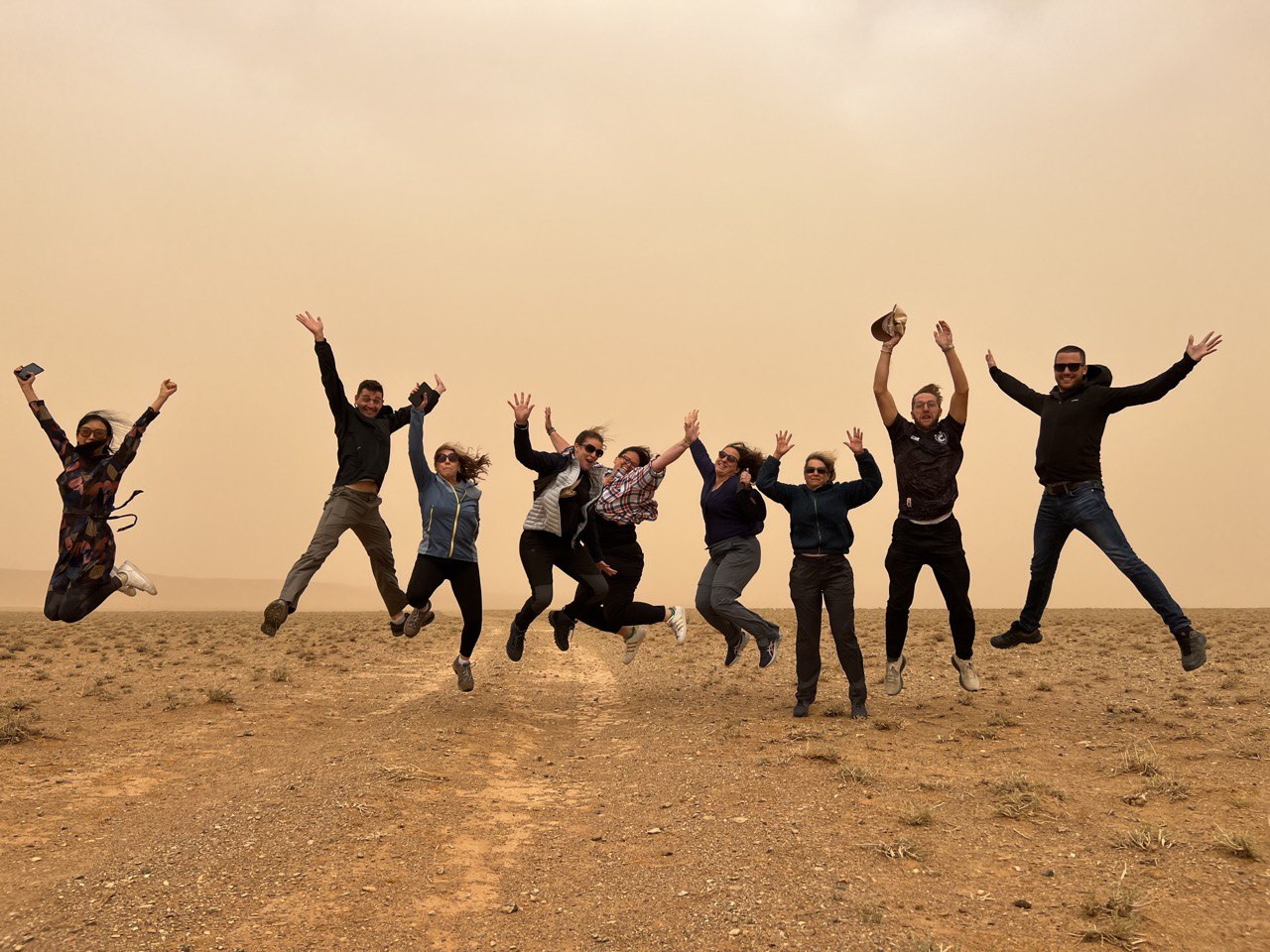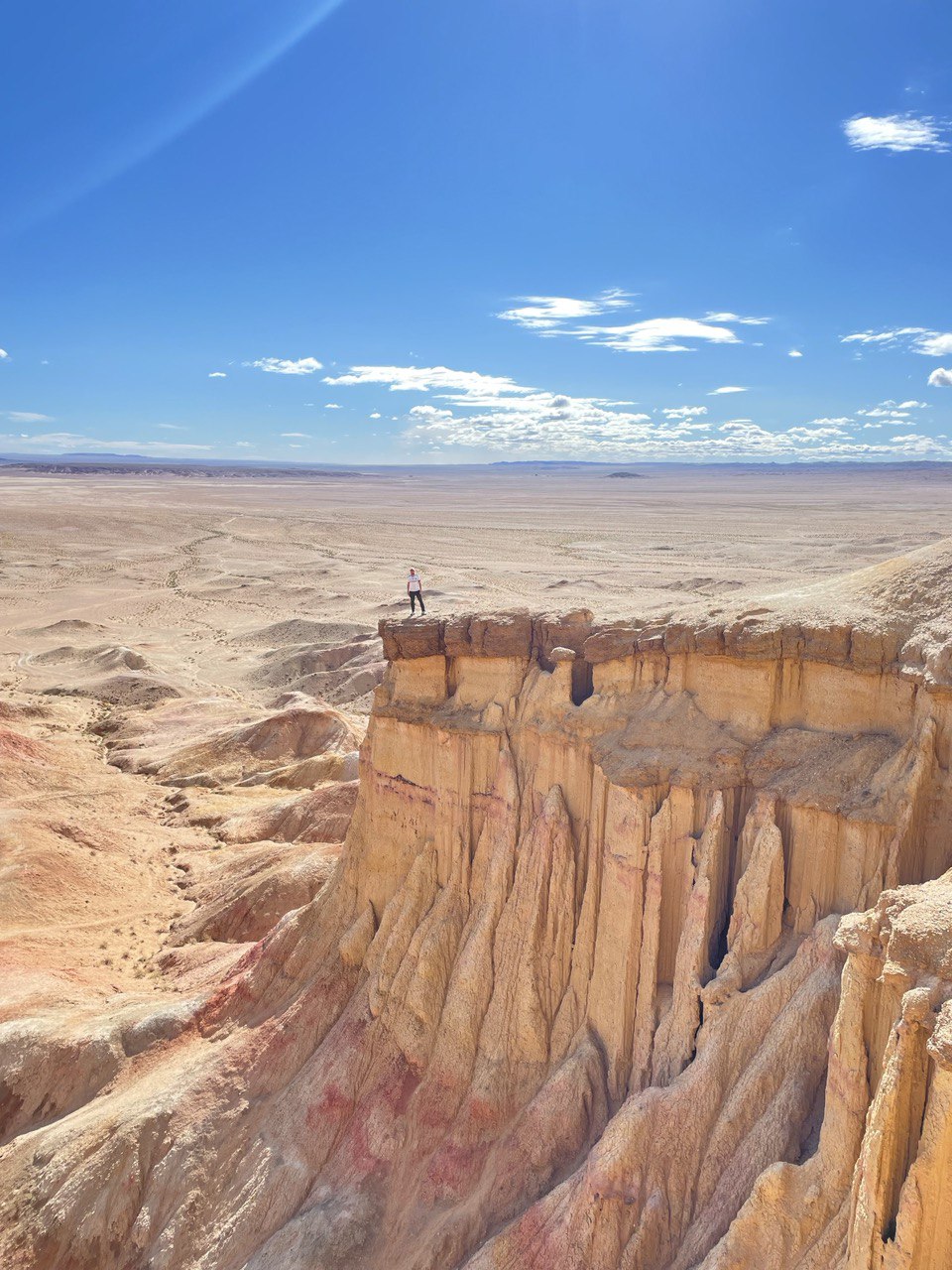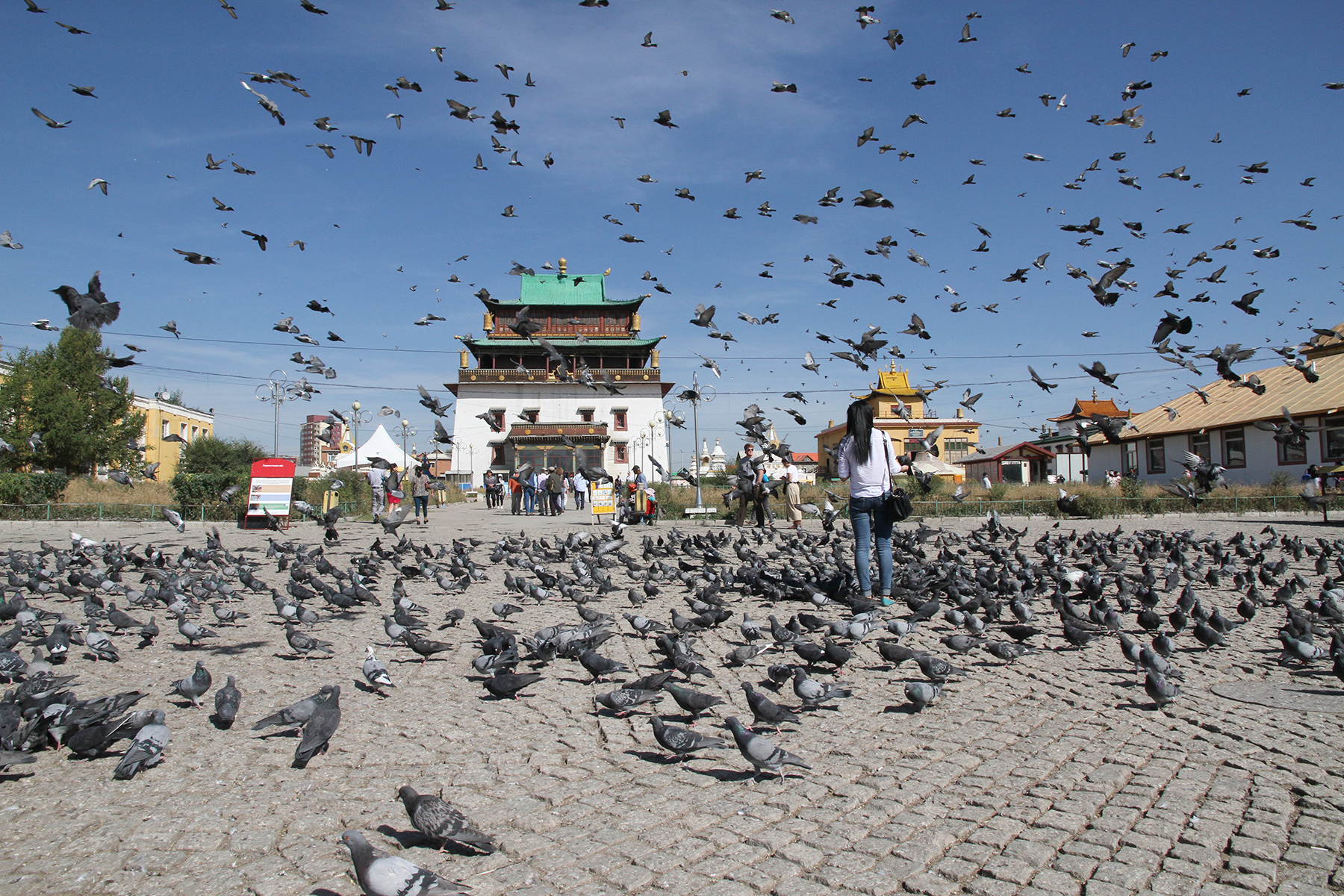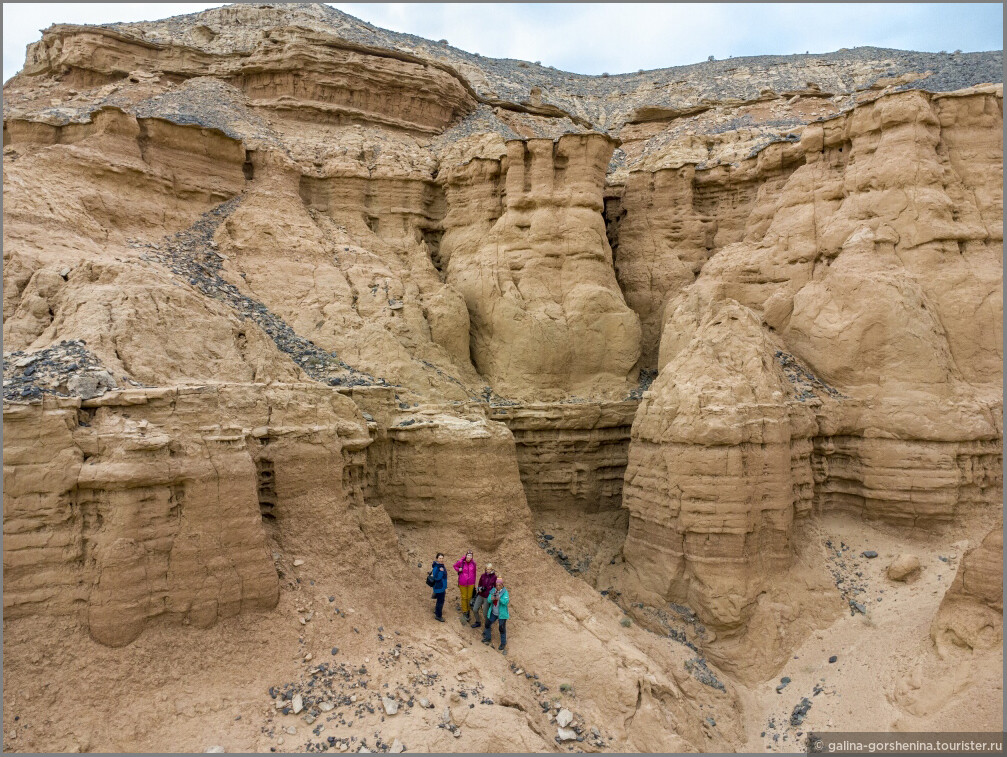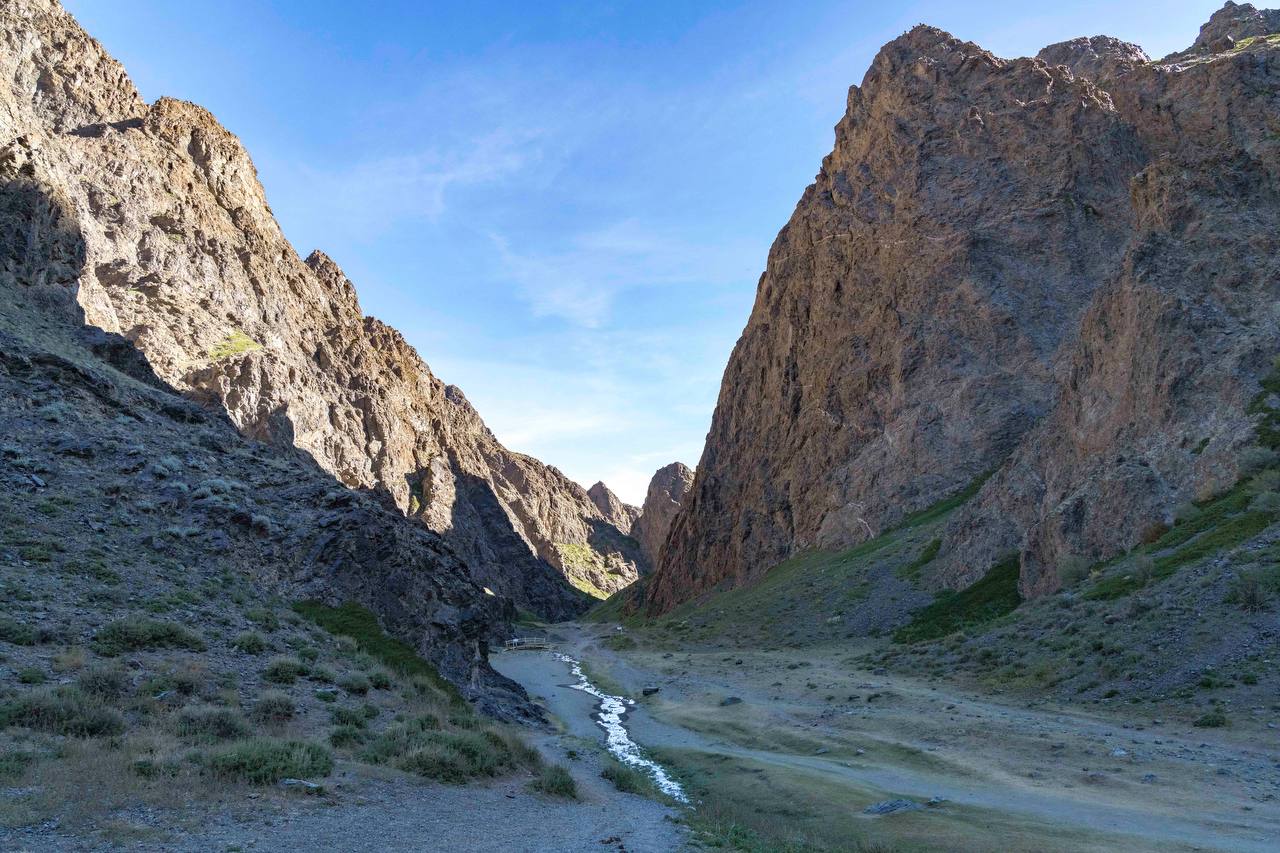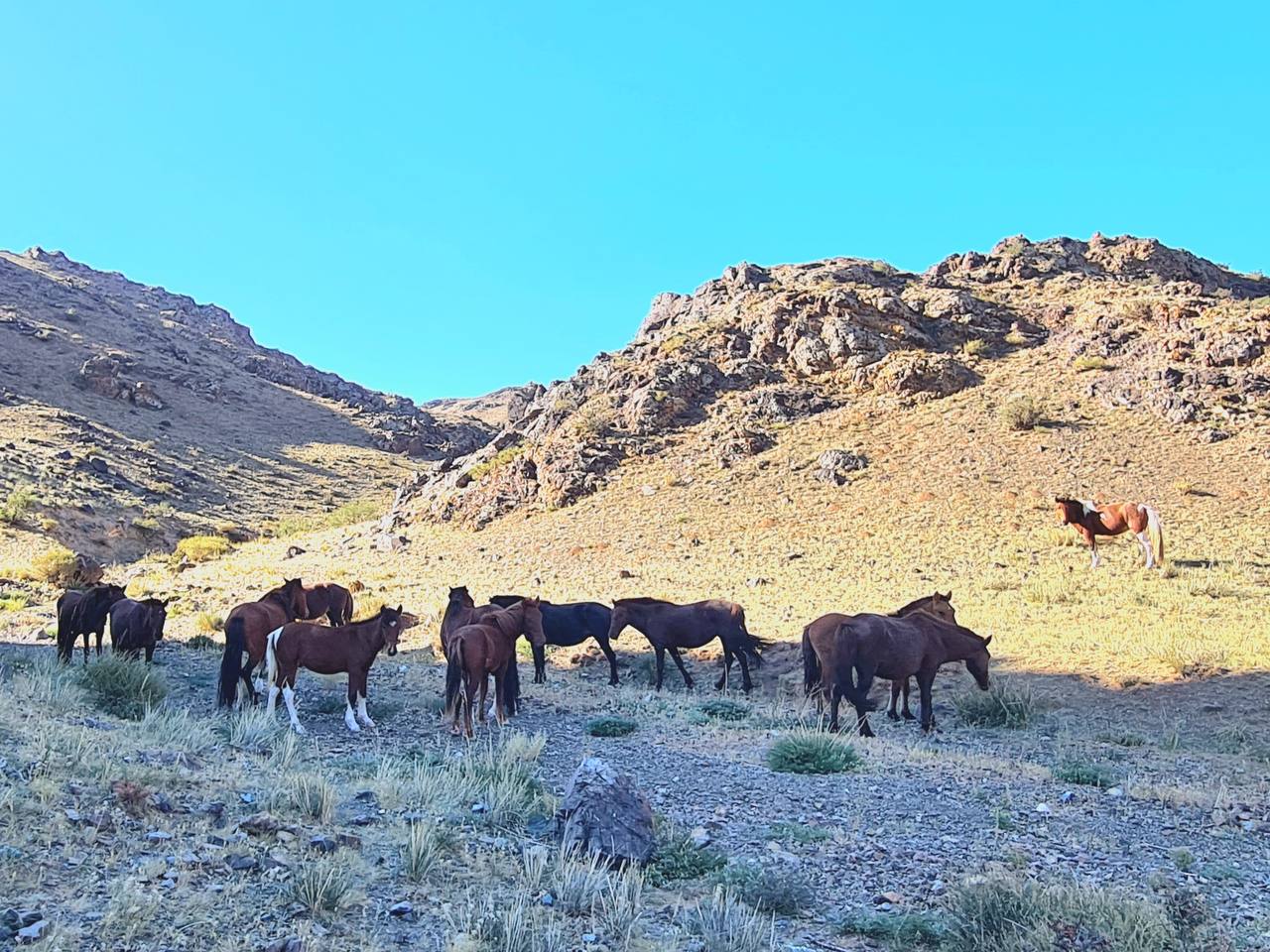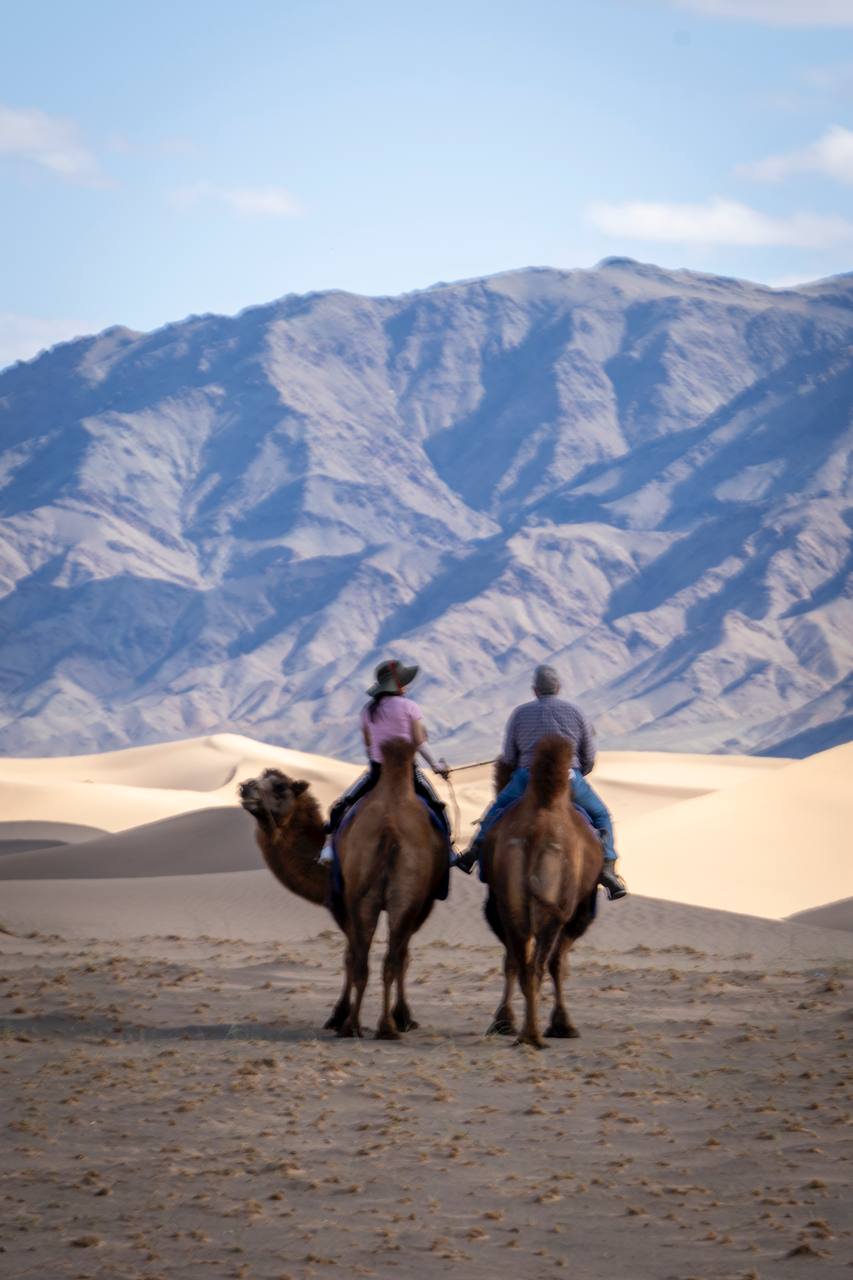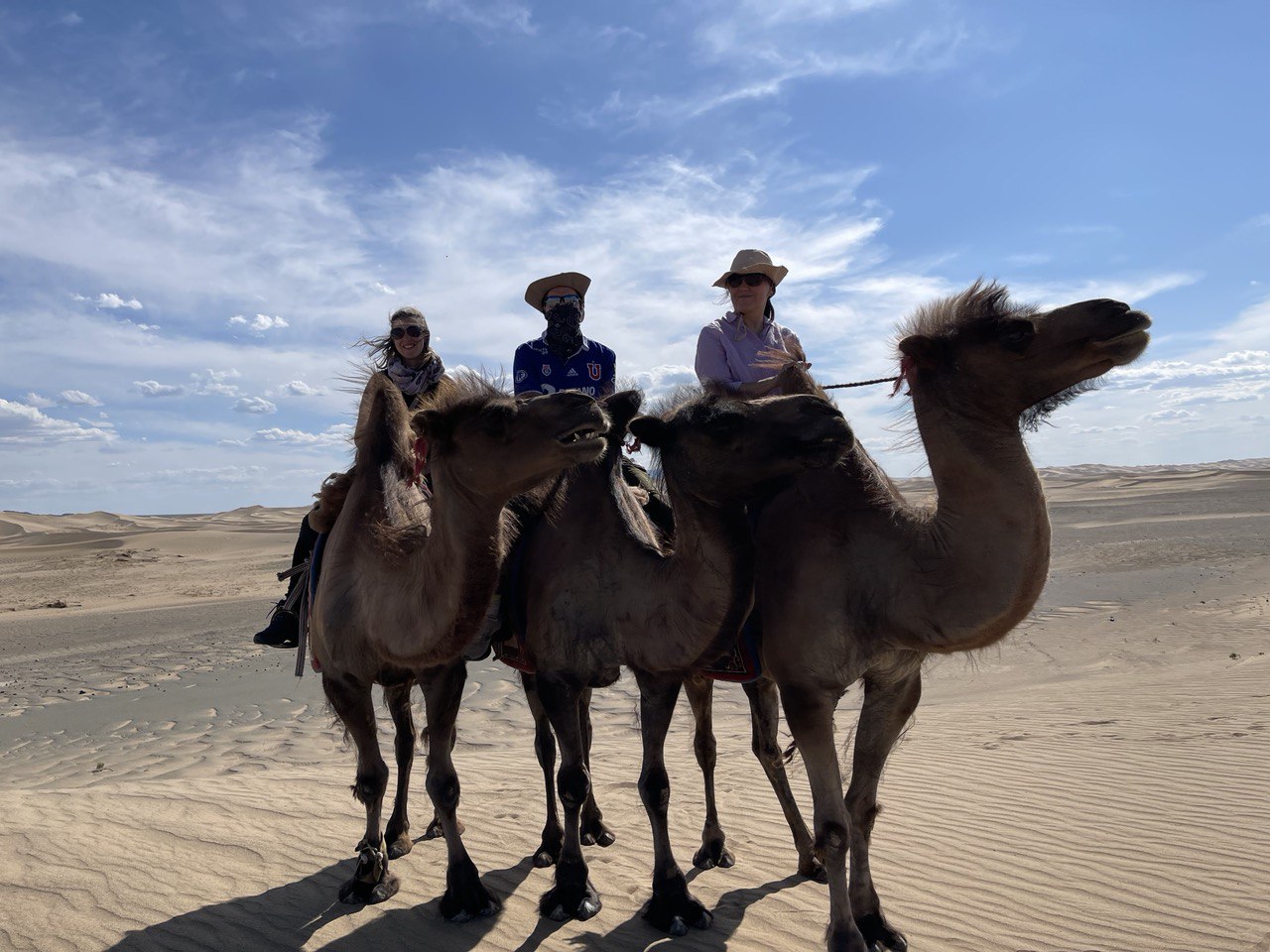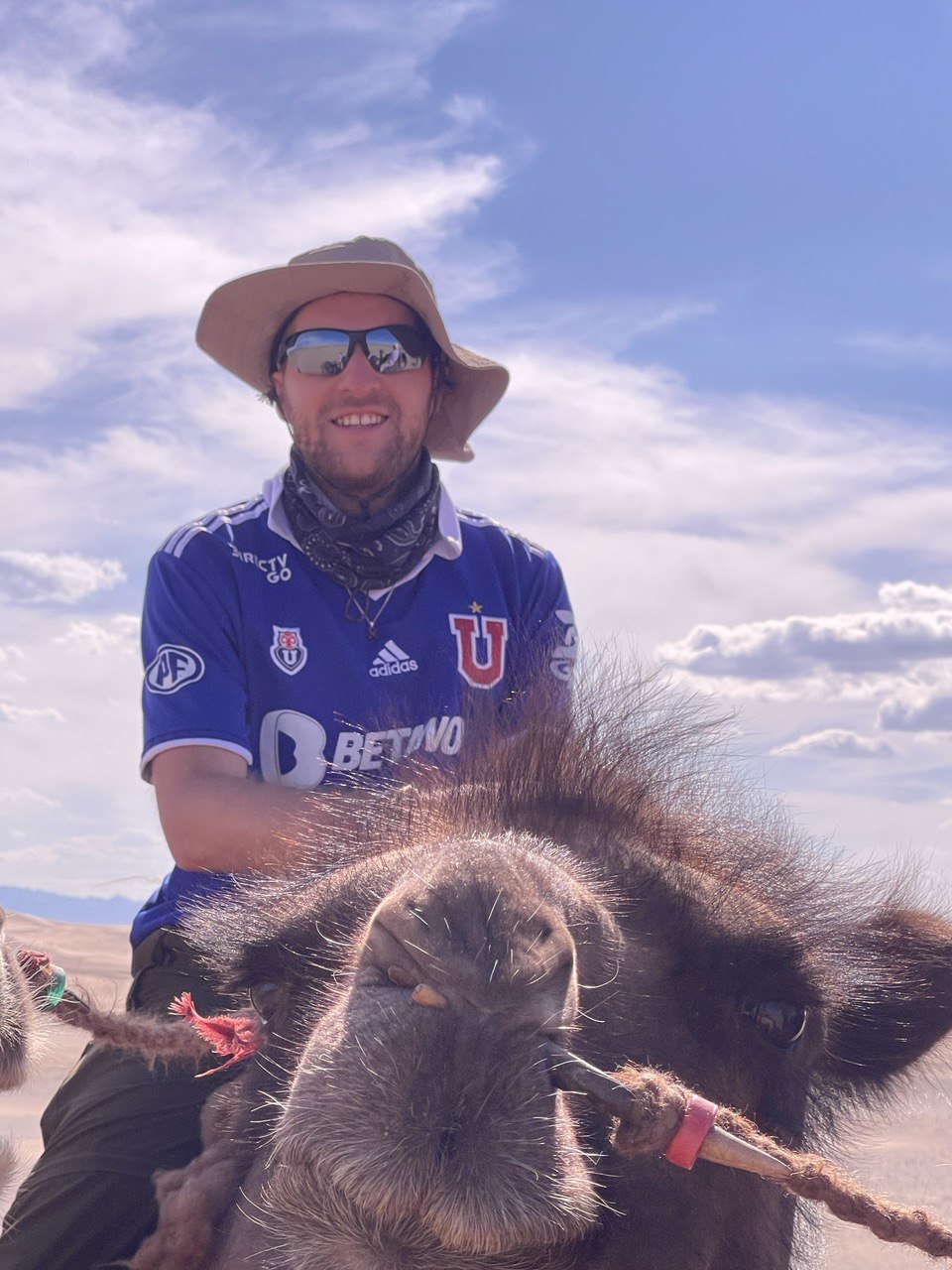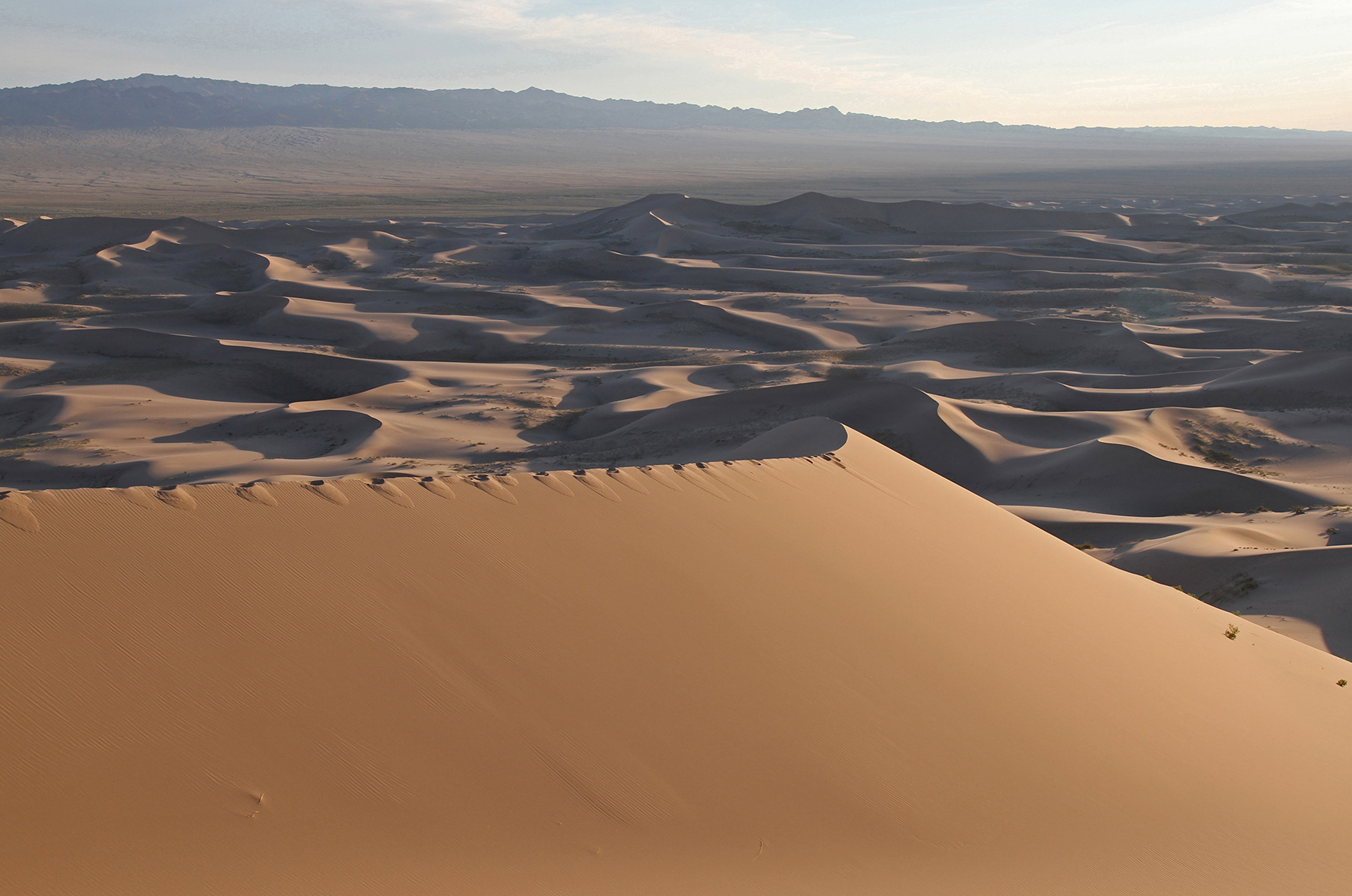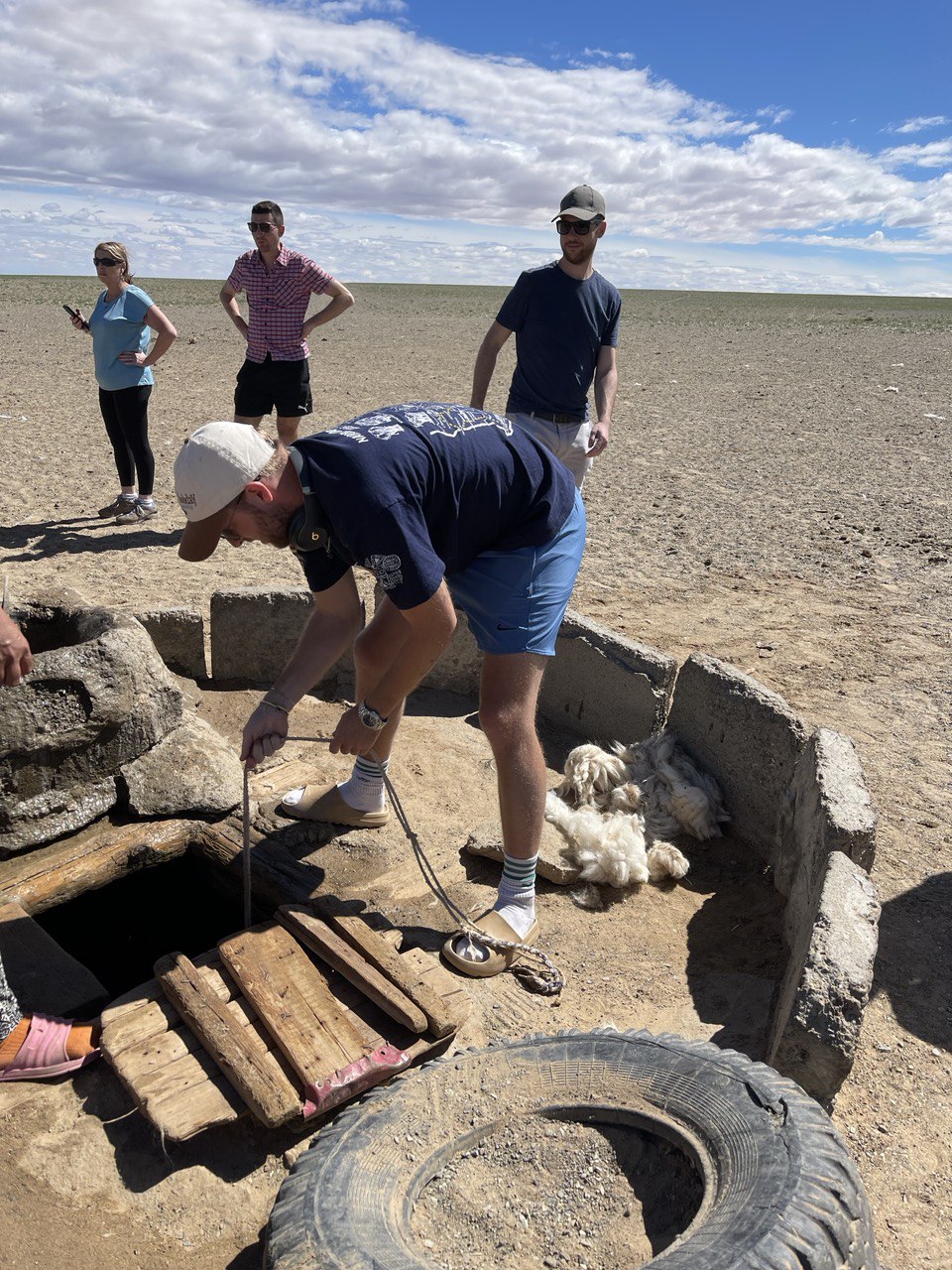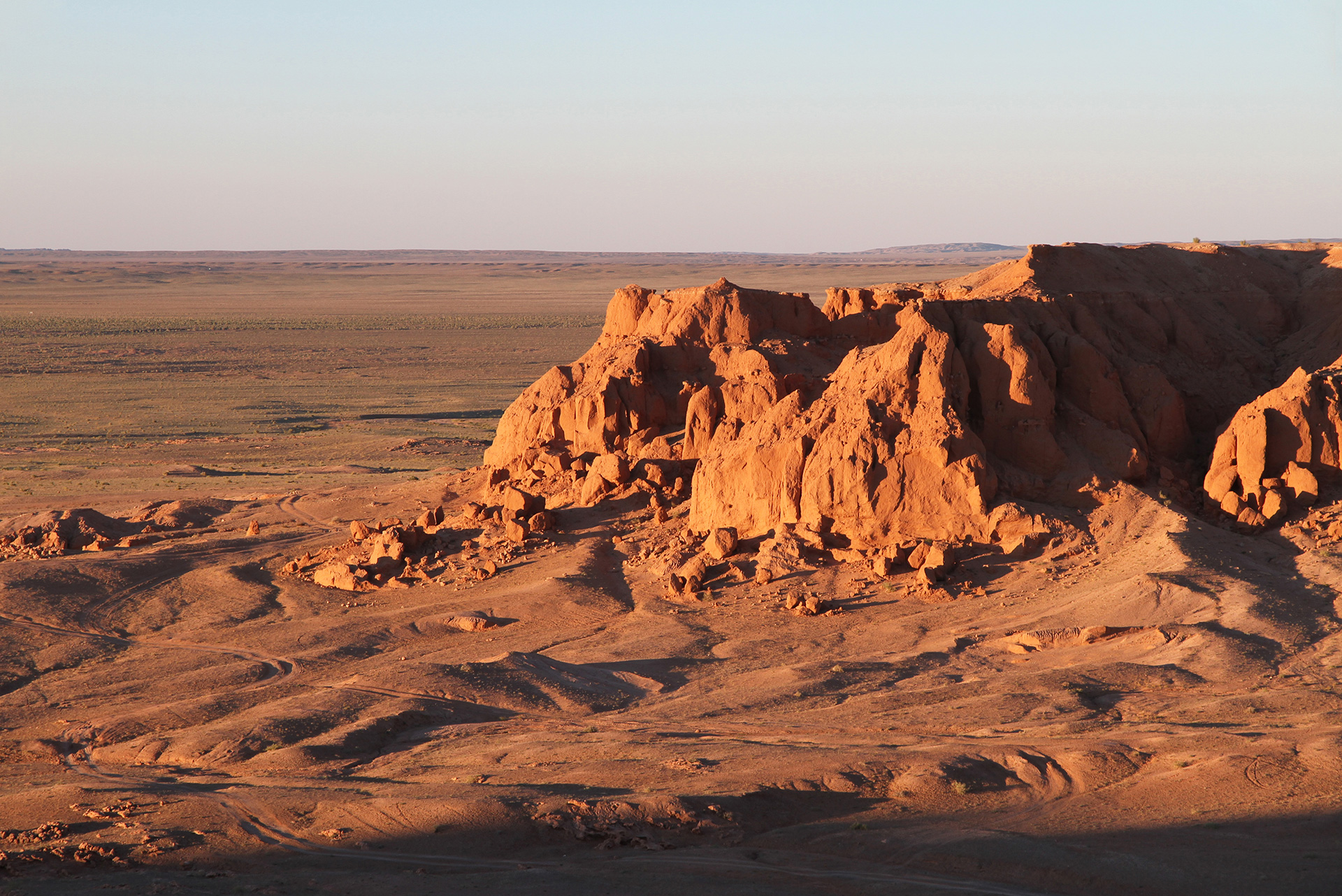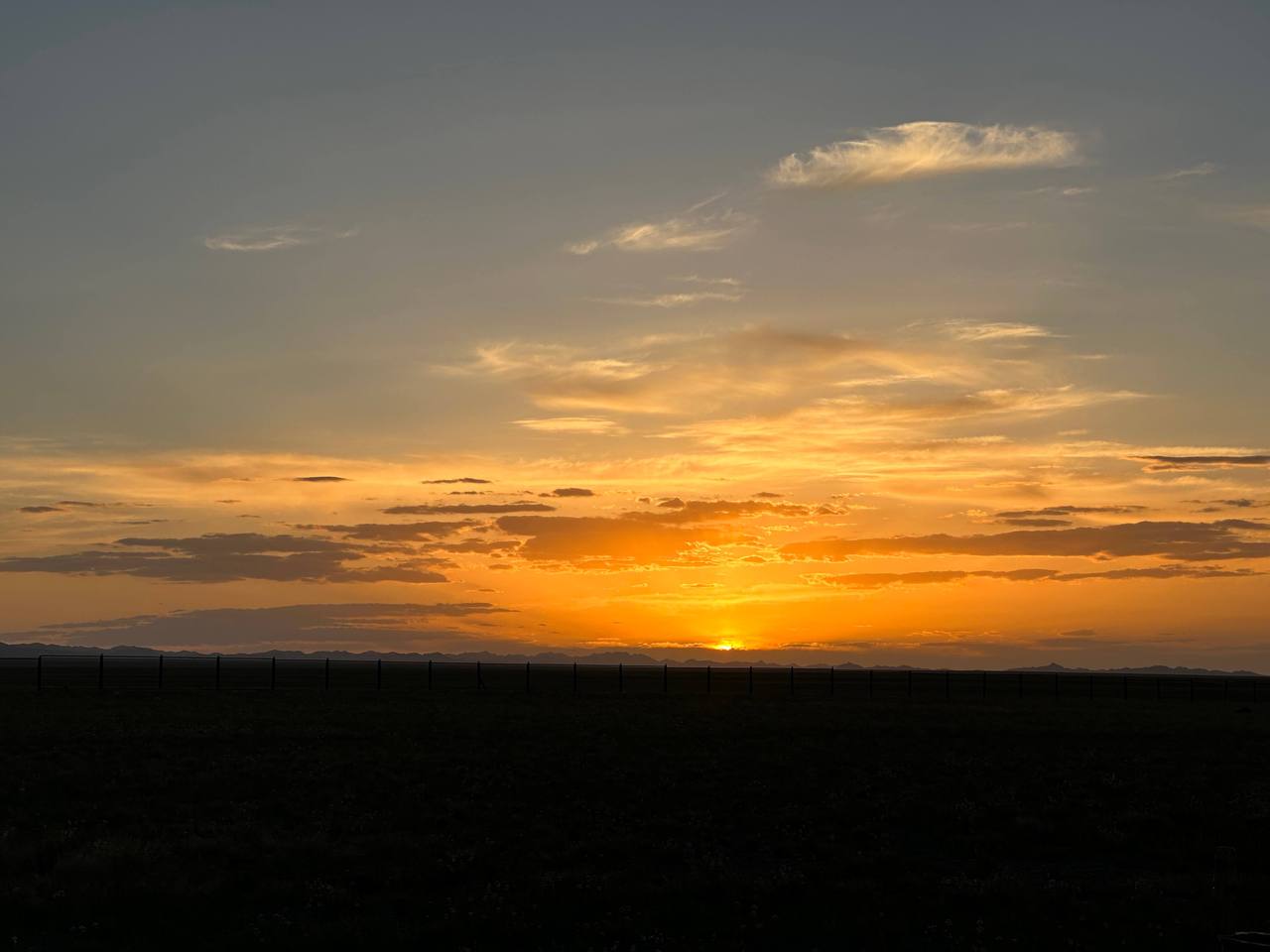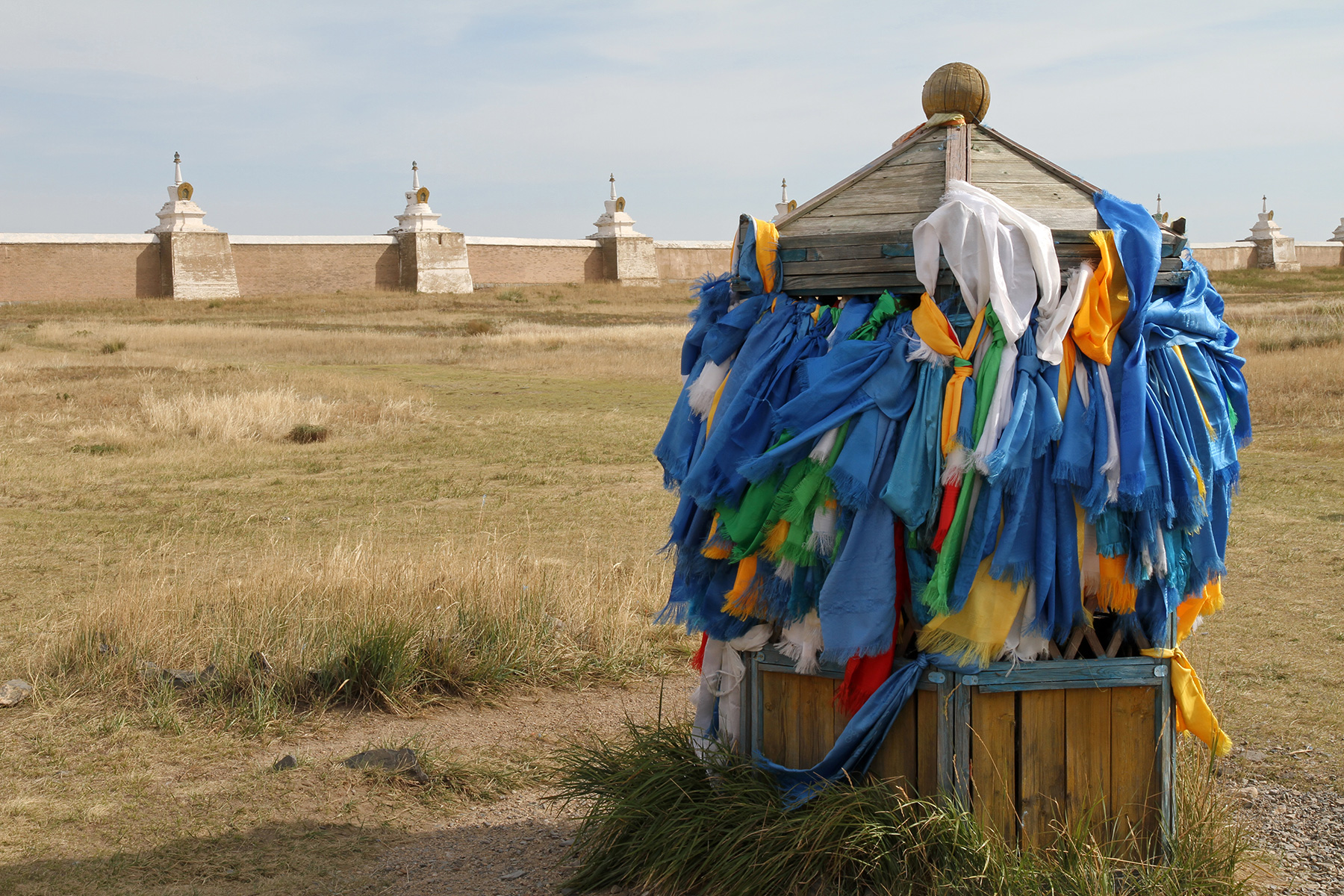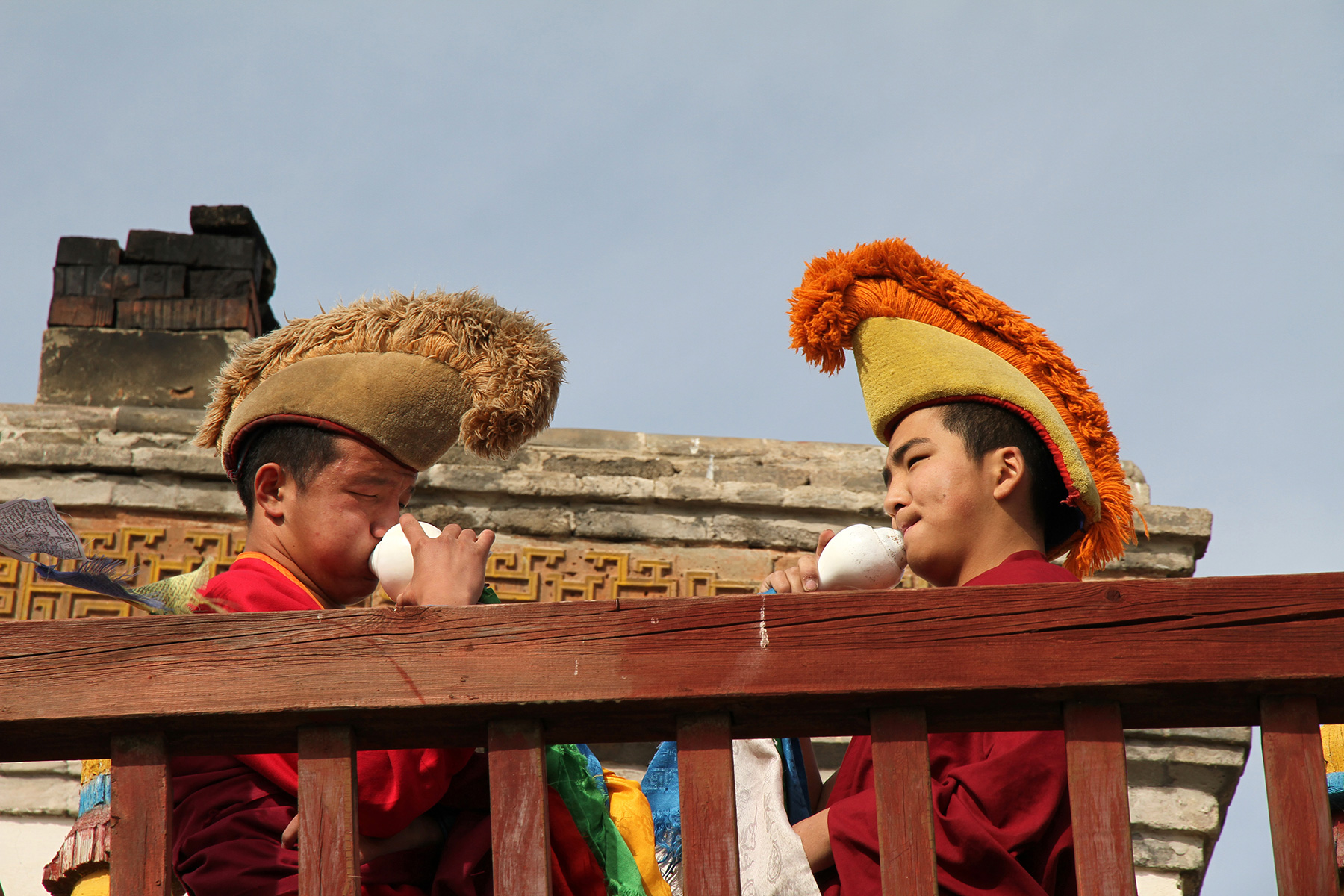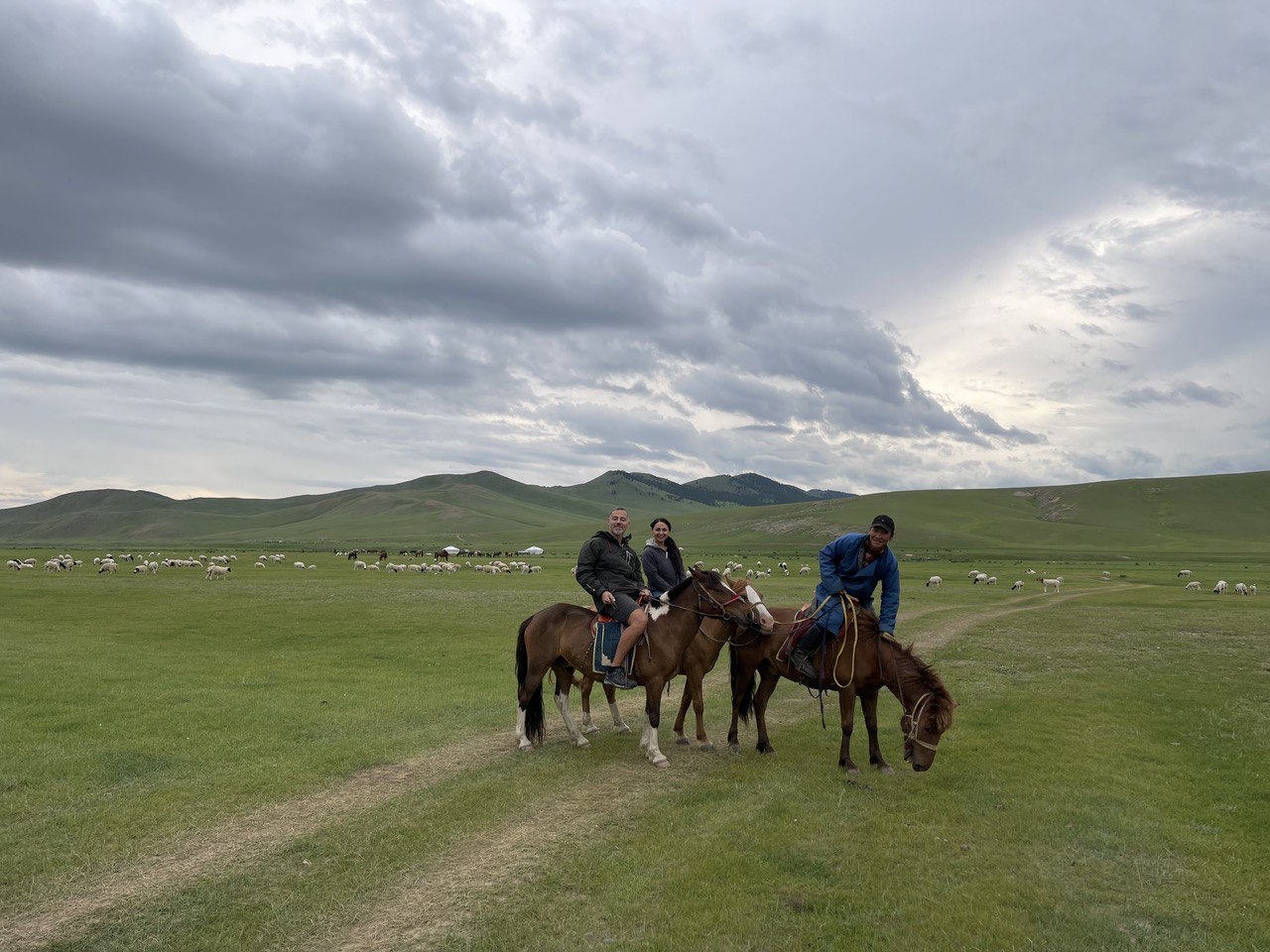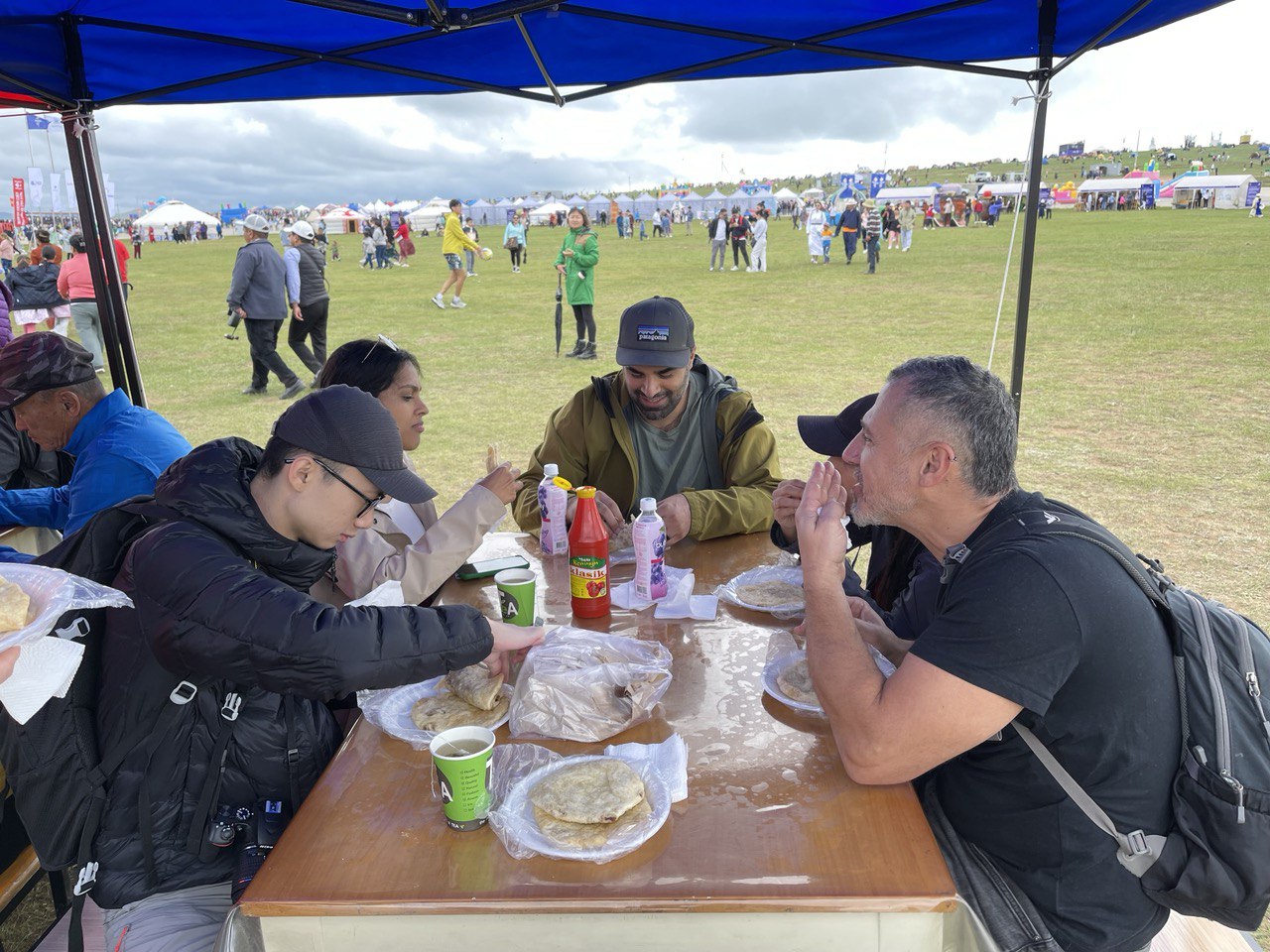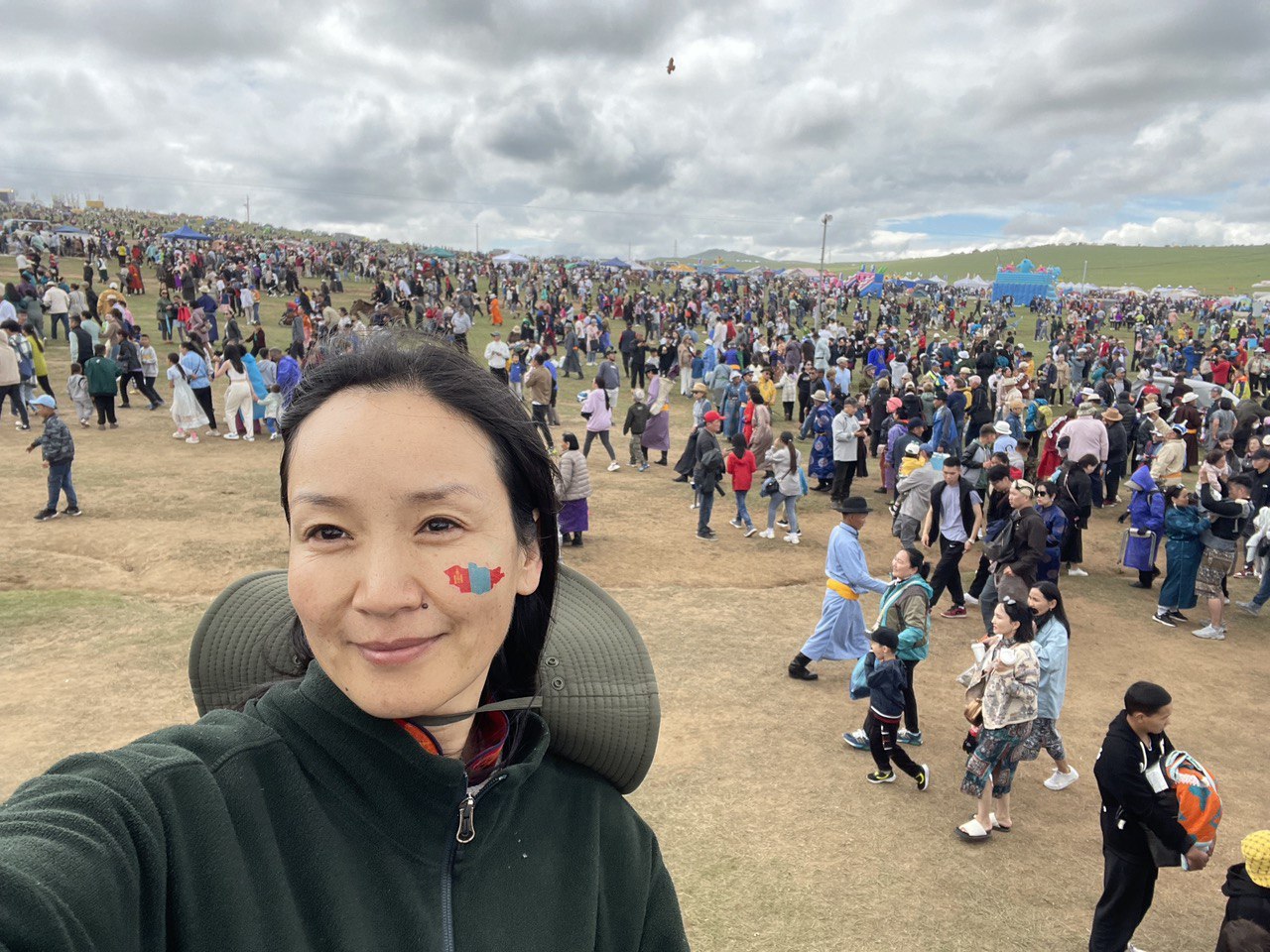Gobi and Naadam trip 11 nights, 12 days
$ 2,790
Per person- 11 nights, 12 days
- Jun 2024 / South Mongolia
Photo gallery
Itinerary
We will meet you at the airport (or railway station) and transfer you to a centrally located hotel. You will have the day free to recuperate from any jetlag and discover the city on your own.
The guide and driver will meet you at your hotel. They will take you to Baga Gazariin Chuluu, an area of granite stone mountains whose highest peak is 1700m above sea level. This area contains the remains of a monastery, ancient tombs, and rock inscriptions.
Tsagaan Suvarga means "White Stupa”. A stupa is a dome-shaped Buddhist shrine and you will see such shrines across Mongolia. Tsagaan Suvarga is a one of the most renowned sights in the Gobi and is a spectacular natural formation of colourful mud cliffs that look like stupas. Walking amongst the cliffs offers scope for amazing photographs.
Gobi Gurban Saikhan means "The three beautiful mountains of the Gobi”. This area is a beautiful national park, rich in wildlife and full of stunning vistas.
Yoliin Am or Eagle Valley is accessible by vehicle. You will walk for between two and three hours, through a gorgeous valley and into a sheer rock canyon, the lower reaches of which are never visited by the sun. Consequently, the canyon contains ice until the end of June. You may see bearded eagles, wild sheep and ibex on your walk.
Our journey will continue to Khongor where you will find the tallest dunes. You will walk along the green river shore, climb dunes, visit a nomad family, and ride a Bactrian (two-humped) camel (much more comfortable than a Dromedary!).
When you climb a really tall dune (and after having admired the view), do remember to scatter a handful of sand to the north, into the wind, to find out why the dunes are called the ‘singing sands’.”
Today you will visit the Flaming Cliffs, an area of red cliffs formed through the erosion of sand and rock over many millions of years. It is the site of many successful palaeontological excavations, among which was the first discovery of a dinosaur nest, proving that dinosaurs laid eggs. If you look around carefully, you will find for yourselves bones still embedded in the rocks.
You will arrive at the ger camp by lunchtime and have a free afternoon to relax. You will spend the evening exploring the cliffs in search of dinosaur fossils and taking pictures of the cliffs in the evening sun
In the morning we will visit the Bayanzag, which is an area “rich in saxaul trees.” The saxaul is a low, desert tree which only grows in the Central Asian Gobi. Then we drive through slate mountains and onwards for 80 kilometres across the Ongi steppe, heading to Ongi itself. Ongi is one of the seven largest monasteries in Mongolia. At Ongi there were, in fact, two separate monasteries consisting of more than thirty temples located on the bank of the Ongi River, surrounded by the Gobi Desert mountains. The temples were destroyed during the socialist purges of the 1930s and nowadays their ruins of the monasteries cover an expansive area. We will visit a new and active temple and a ger museum, explore the monastery ruins and climb a nearby hill to see panoramic views of the surrounding area.
This day’s tour takes place in the transition zone from the Gobi desert to the mountain steppes. Kharkhorin, once known as Kharakhorum, was the capital of the Mongol Empire. It was built in the early 13th Century by Ogedai Khaan, son of Chinggis Khaan. It lay at the heart of the greatest land empire ever seen, stretching from the eastern coast of China into central Europe (and, but for the death of Ogedai in 1255 which led to the recall of the Mongol armies, the empire may well have reached the Atlantic before 1260). Kharakhorum was thoroughly destroyed by soldiers of the Chinese Ming dynasty, some 150 years later, in 1388. It was only ever partially rebuilt – and then abandoned. Today, in the vast valley of the Orkhon River, the awe-inspiring ancient monastery of Erdenezuu, with its walls of stupas, sits outside Kharkhorin town. We will visit the monastery museum, view its impressive architecture and visit the Kharakhorum Museum and the remains of the ancient city.
Today will be the last day spent in the beautiful countryside of Mongolia. We will leave the ger camp early and, on the way to Ulaanbaatar, we will visit a horse-herding nomad family and ride horses.
In the morning, we will watch Soyolon-5-year-old horse racing, followed by a wider visit to the horse racing area, returning to Ulaanbaatar for lunch. After lunch, we will climb Zaisan Hill to see panoramic views of Ulaanbaatar, then visit Central Square and attend a traditional cultural performance.
In the morning we will drive to the Naadam Festival stadium. The national holiday of Naadam is famous around the world. The Festival starts with the ceremony of the nine white banners, transferring them from Government House to the Naadam Stadium. This is followed by a horse parade. The opening ceremony starts with a presidential speech at 11 o’clock. Traditional wrestling, archery, and horse racing are the main highlights. You will see anklebone shooting and the Naadam market, seeing stalls selling Naadam's main dish Khuushuur and the traditional Mongolian beverage Airag, souvenirs, traditional clothes and much more.
We will transfer you to the airport (or train station)
Tour price per person
Included / exclude
- All transportation set out in Your Itinerary except as specified. We use 4×4 Japanese minivans and Russian vans and Jeep
- All accommodation set out in Your Itinerary
- Tour Leader/Guide – Our trained English and Mongolian speaking staff
- Airport transfers in Mongolia
- Domestic flights within Mongolia
- Horse and camel riding
- Entrance fees: Entry fees to museums, concerts in UB, monasteries, national parks and road charges for tourists, staff, and vehicles, all as set out in Your Itinerary.
- Clean drinking water /2l per day/
- Your personal travel insurance policy costs.
- International flights and costs for visas
- Personal expenses incurred by You, including airport taxes, alcoholic beverages and soft drinks, laundry, and room services and similar costs
- Extra baggage – please note that internal Mongolian flights allow only 15 kg luggage. If Your luggage weighs more, You will need to pay the additional baggage charges.
- Toiletries
- Video recording or photography fees at sights
- Tips and gratuities
- Wear and tear of or to Your property.
- Damage to Your property unless such damage is directly caused by Us
